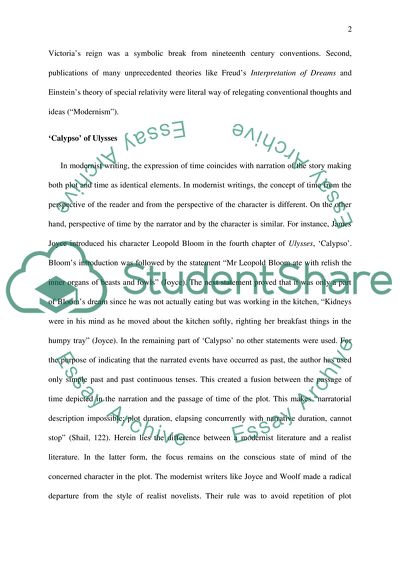Cite this document
(The Principle Objective of Modernist Writing Case Study - 1, n.d.)
The Principle Objective of Modernist Writing Case Study - 1. Retrieved from https://studentshare.org/literature/1835933-modernism
The Principle Objective of Modernist Writing Case Study - 1. Retrieved from https://studentshare.org/literature/1835933-modernism
(The Principle Objective of Modernist Writing Case Study - 1)
The Principle Objective of Modernist Writing Case Study - 1. https://studentshare.org/literature/1835933-modernism.
The Principle Objective of Modernist Writing Case Study - 1. https://studentshare.org/literature/1835933-modernism.
“The Principle Objective of Modernist Writing Case Study - 1”. https://studentshare.org/literature/1835933-modernism.


